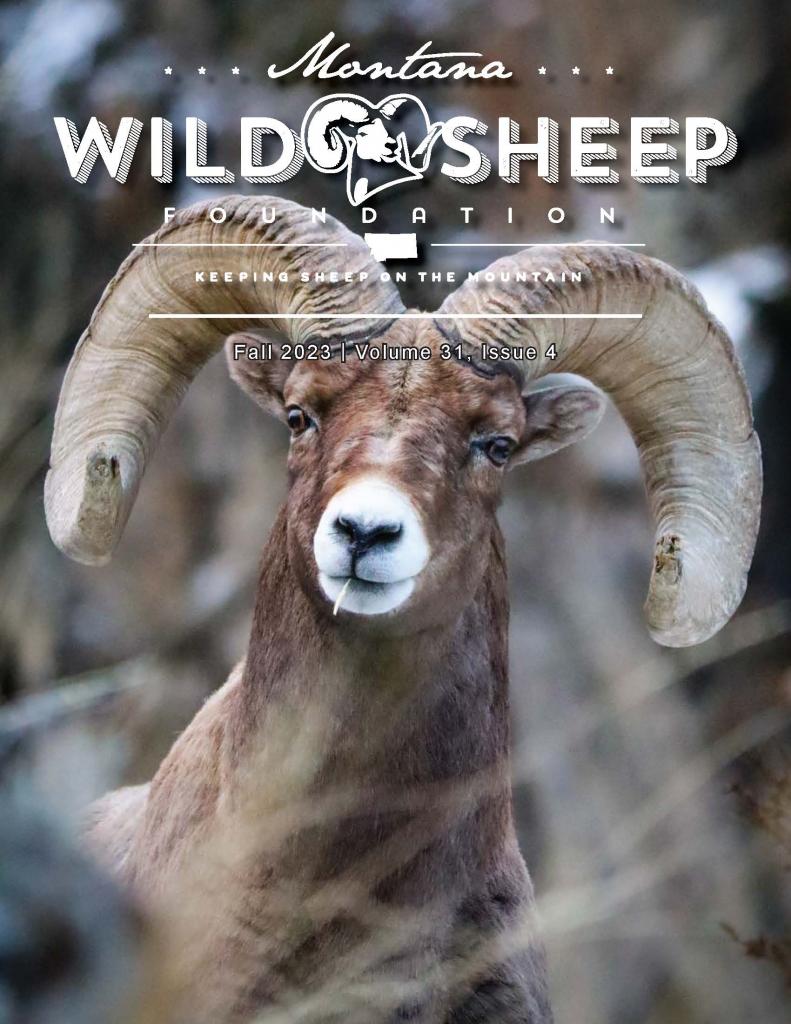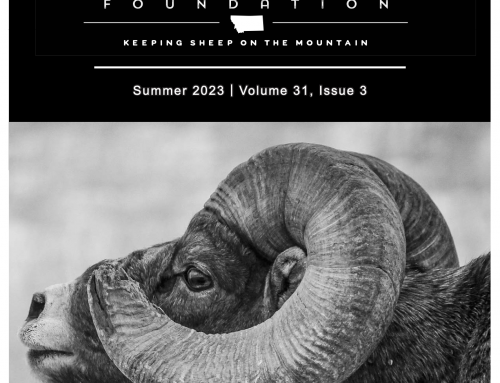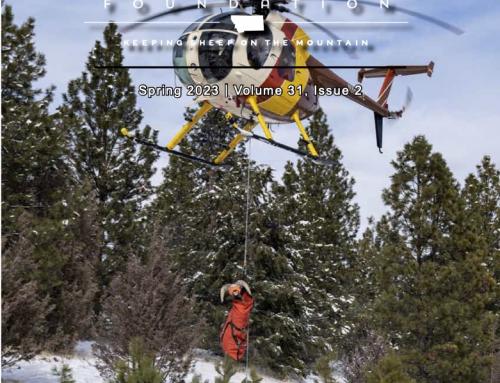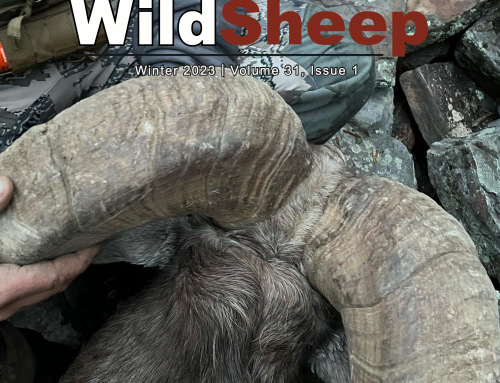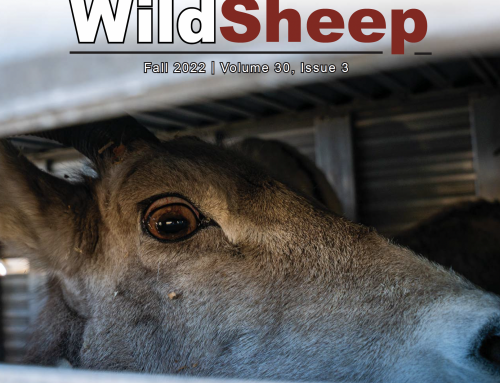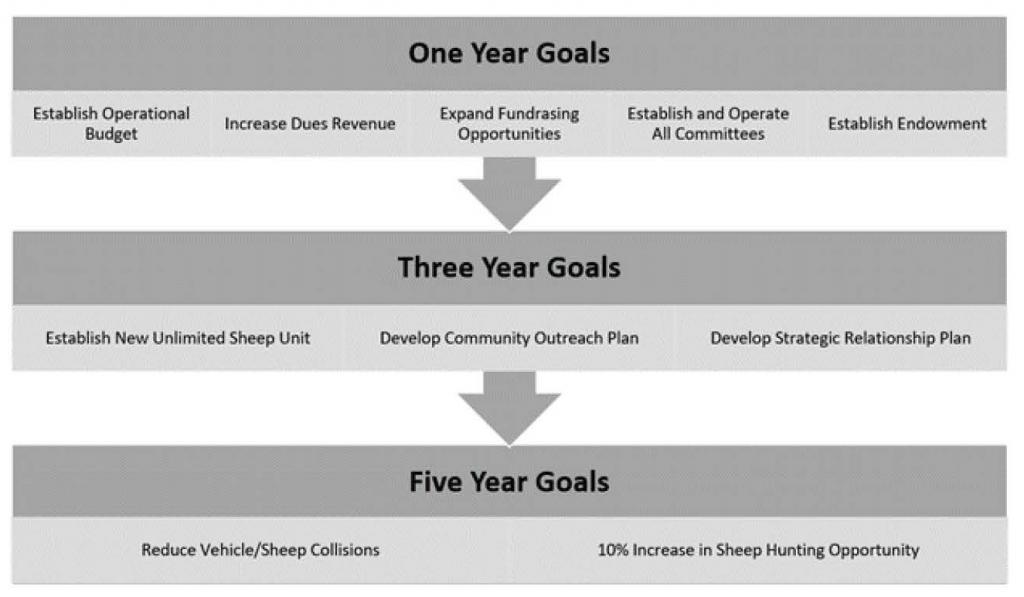
D.J. Berg
Montana Wild Sheep Foundation President
dj@montanawsf.org
(406) 366-1849
P.S. Congratulations to all of you who drew a sheep tag this year! I am rooting for you! Be sure to tell us about your preparation and upcoming adventure. You can contact me at dj@montanawsf.org with any questions and to share your experience.
Highlights from this Issue
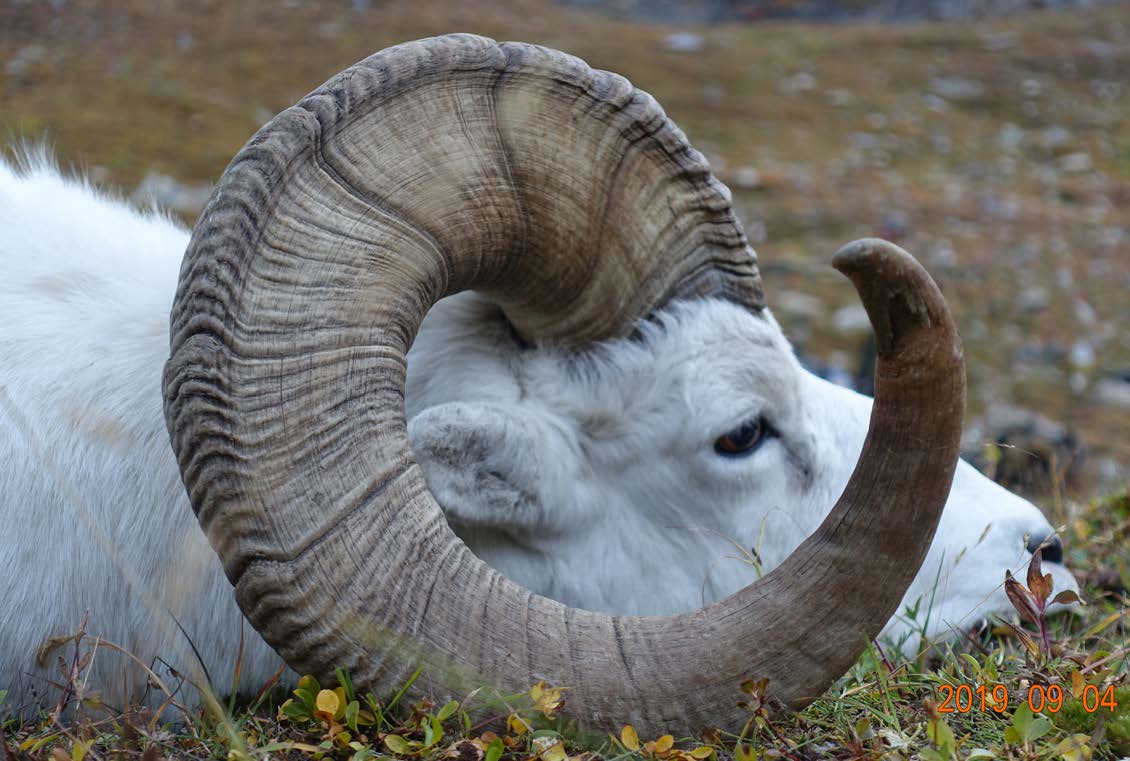
Chugach Inflection Point
Story by: Mark Westfall
Growing up in southwest Washington state, I distinctly remember the first time I saw wild sheep. The bighorns on the Columbia River Gorge captivated my imagination. I was enamored with these creatures that embodied raw power, delicate grace, and an effortless calm while living on dizzyingly steep cliffs. As I developed into a DIY backcountry hunter over the following decades, the dream of a Dall sheep hunt solidified in my mind. In 2019 that dream revealed itself over the course of a 7-day progressive backpack hunt through the Chugach Range of Alaska.
I’ve always been drawn to backpack hunting in the deep wilderness. When I began exploring the possibility of doing a sheep hunt, I wanted to find an outfitter that would embrace that same adventure style of hunting I had come to love. When I found out Ultimate Alaskan Adventures guides sheep hunters in the walk-in area of the Chugach, I knew I found my outfitter. The walk-in area is off-limits to air support of any kind, so the only option is to backpack hunt, and once you’re in it, you’re on your own: for food, for gear, and for packing out any sheep you’re lucky enough to kill. The reputation of the Chugach preceded it, and I came to learn first-hand it deserves every ounce of respect it receives. What the range lacks in elevation, it more than makes up for with shear ruggedness and potential consequence.
While I don’t come from a family with generations of hunters, my brother James and I hunted together as kids, and he is my most trusted hunting partner to this day. Since this was to be my once-in-a-lifetime sheep hunt, he offered to join me on the adventure. After being dropped off on the side of the road with my 50-pound pack, rifle, and sheep tag; my brother, our guide, our packer, and I set off into the Chugach. We were literally going to hunt our way from one side of the mountain range to the other.
Read the whole article in our Wild Sheep Newsletter, Fall 2023.
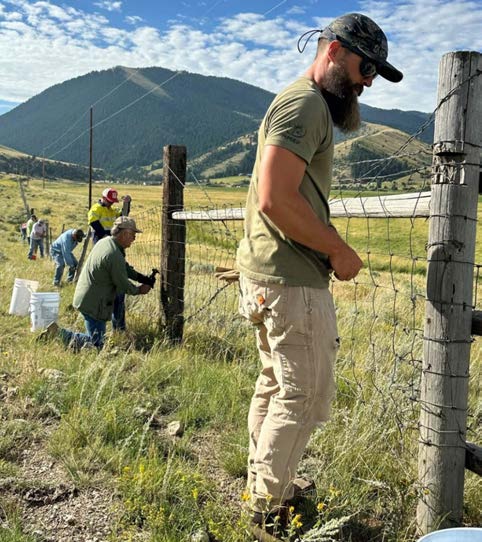
Montana Wild Sheep Foundation
Conservation Committee
by Ray Vinkey
Conservation Corner Editor, Volunteer
Upper Canyon Creek Fence Replacement Project
well done…
Upper Canyon Ranch, Butte Skyline Sportsmen’s Association, Montana Fish, Wildlife & Parks, and personal
wildlife conservation interests committed a day of labor to removing approximately 0.8 miles of fence comprised
of woven and barbed wire as part of the Upper Canyon Fence Replacement Project. The project objective is to
replace the existing fence—which impedes movement of wintering elk, mule deer, big horn sheep, and moose—
with a four-strand high-tensile wire fence designed to improve wildlife movement when in use and be taken down
when not in use.
The project is a partnership between The Nature Conservancy, the Montana Wild Sheep Foundation, the Upper
Canyon Ranch, and Montana Fish, Wildlife & Parks. The Montana Wild Sheep Foundation contributed approximately $4,000 towards new fence construction and volunteer labor towards existing fence removal. The Nature Conservancy contributed approximately $27,000 towards new fence construction and volunteer labor towards existing fence removal.

